💡 Gender Studies: Essential Concepts for Reading Comprehension
Gender Studies is a field of critical importance when analyzing reading comprehension passages. It delves into the ways in which societal norms, culture, and history shape our understanding of gender and its related issues. This subject is increasingly relevant in RC passages that deal with themes of identity, equity, social structures, and policy discussions. Familiarity with Gender Studies concepts can help test-takers grasp nuanced arguments, identify biases, and understand diverse perspectives.
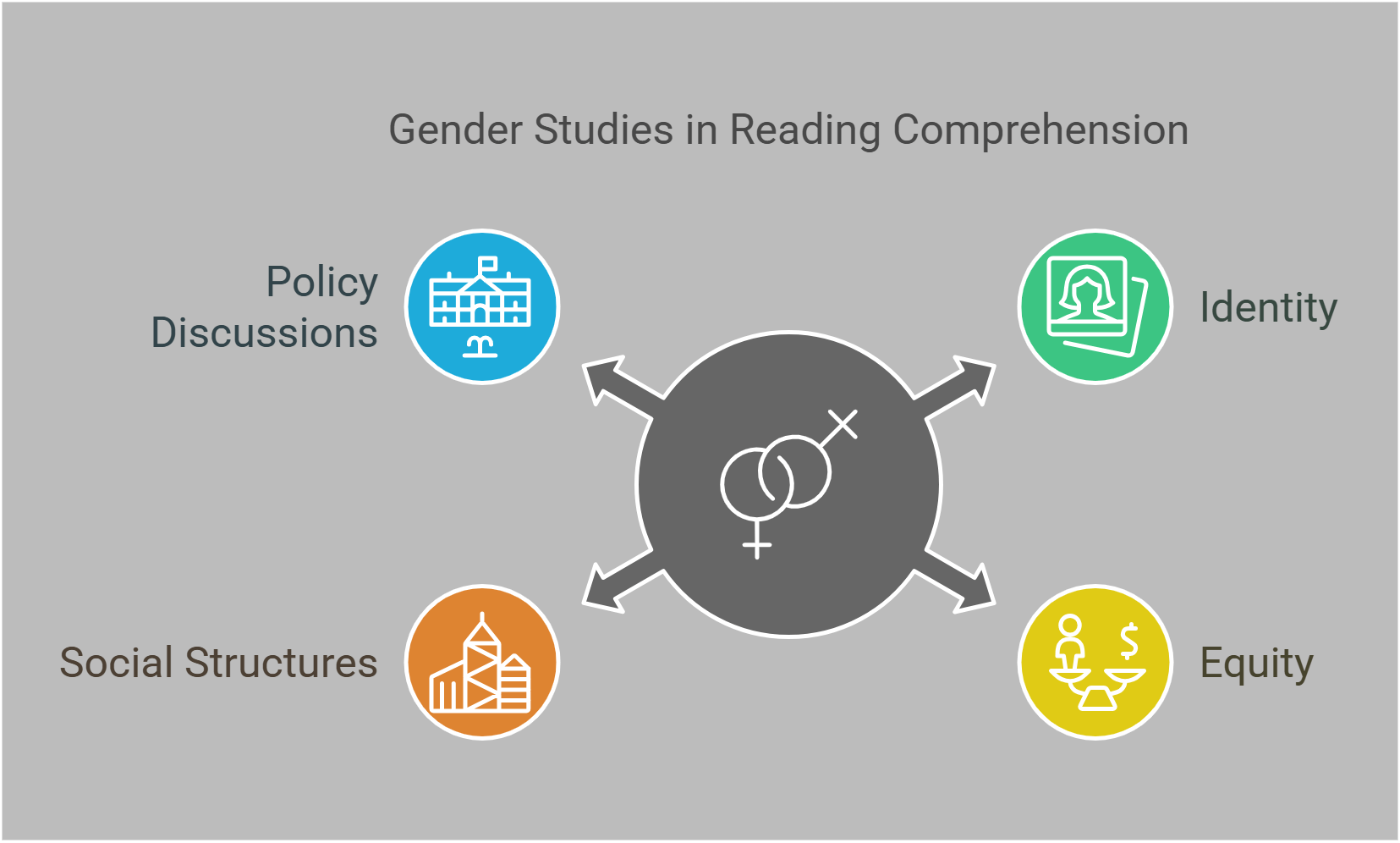
📋 Overview
In this guide, we’ll explore these key Gender Studies-related concepts:
- Feminist Theories
- Masculinity Studies
- LGBTQ+ Studies
- Gender and Media
- Gender and Work
- Gender Identity
- Gender Equality
- Queer Theory
- Gender Politics
- Intersectionality
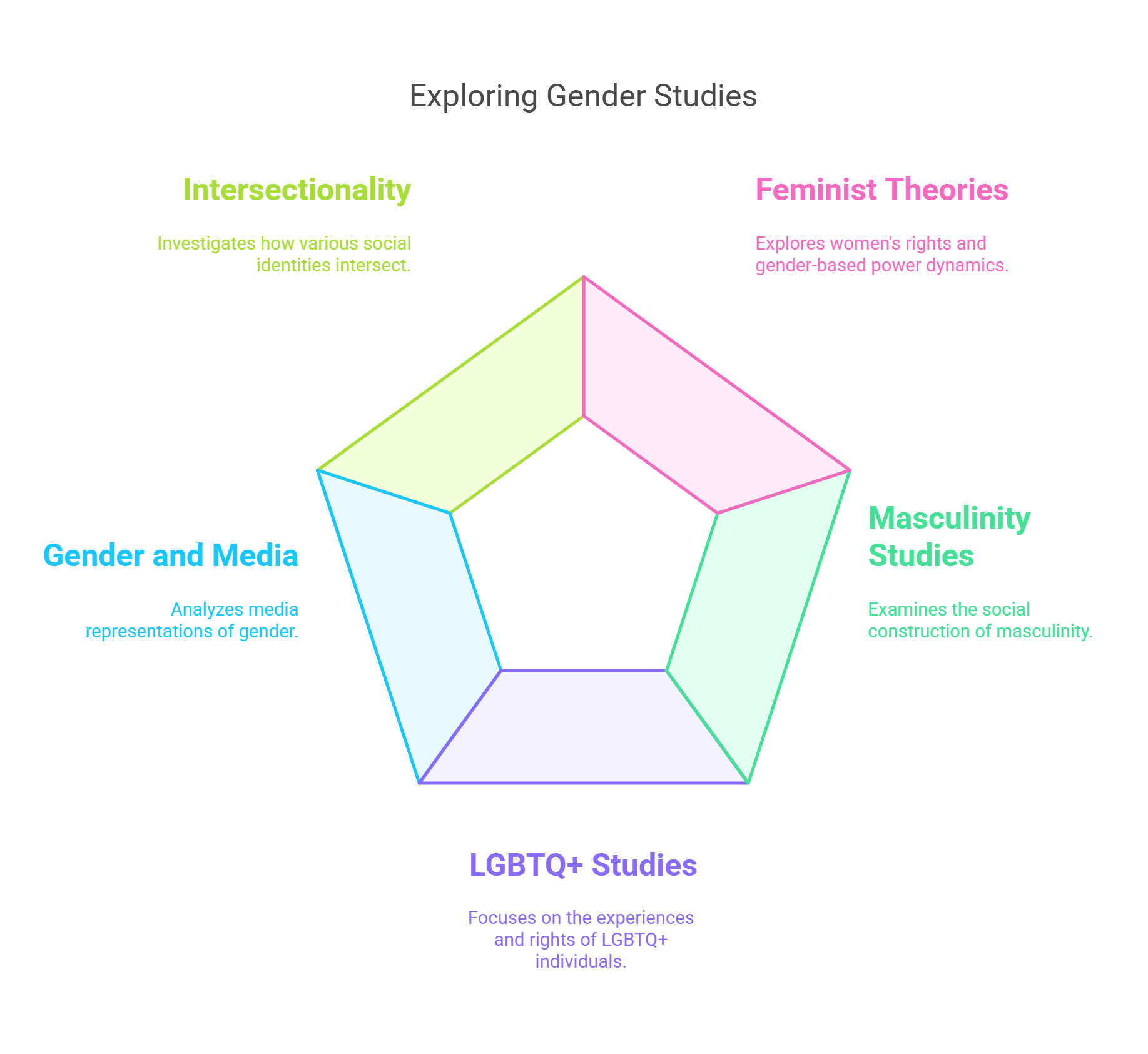
🔍 Detailed Explanations
1. Feminist Theories
Feminist theories examine the historical and cultural roots of gender inequality. These theories critique societal norms that marginalize women and advocate for political, social, and economic equality. Feminism is categorized into waves, each addressing different aspects, such as suffrage, reproductive rights, workplace equality, and intersectionality.
- Focuses on equality of genders.
- Explores historical oppression and cultural norms.
- Critiques patriarchy and male dominance.
- Evolved in waves with distinct agendas.
- Relevant to passages on social justice and policy.
Explained Simply: Imagine your school gives more prizes to boys just because they are boys, even if girls work just as hard. Feminism is like a group of friends who say, “That’s not fair—everyone should get the same chance to win, no matter who they are!”
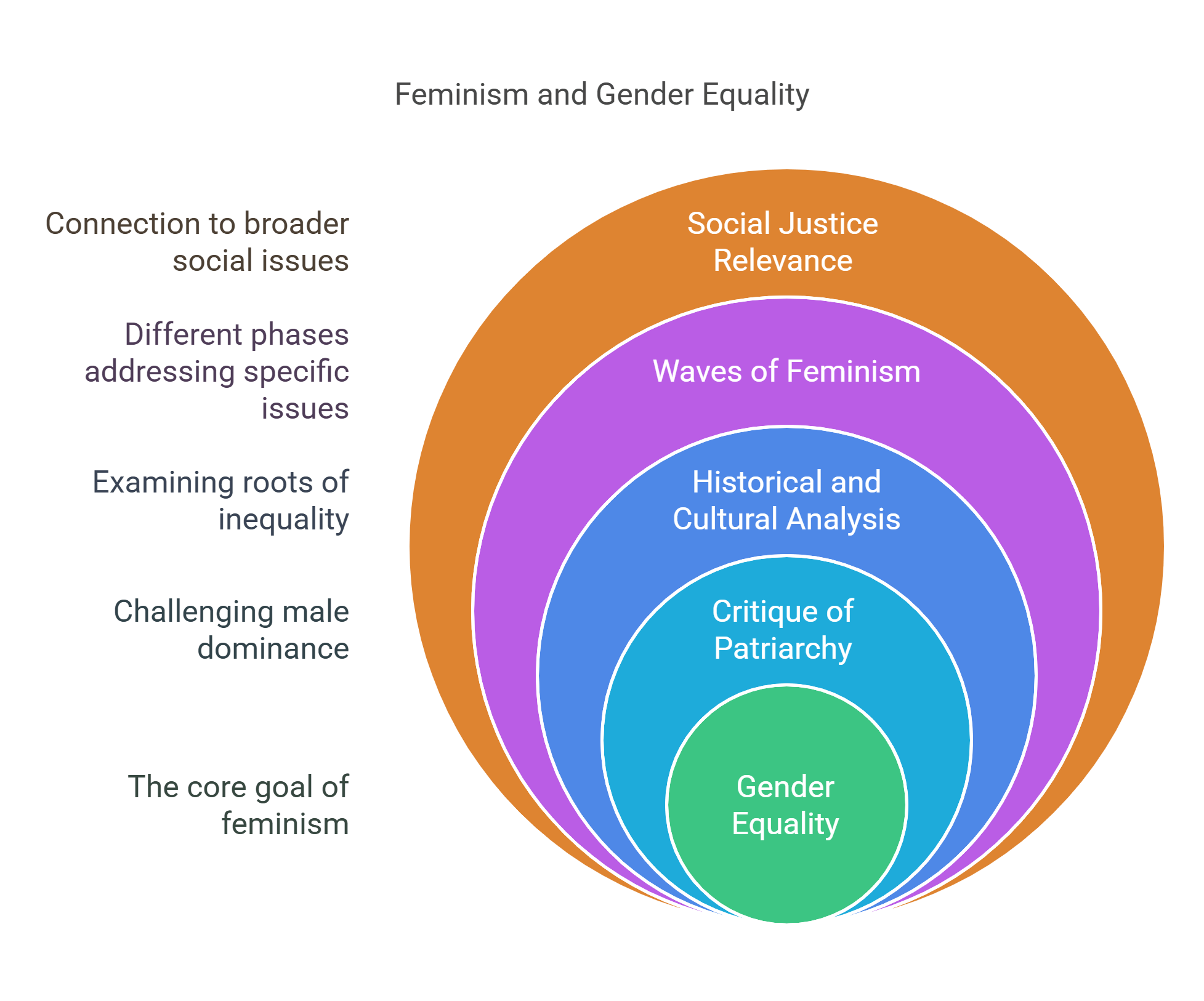
2. Masculinity Studies
Masculinity Studies investigates how societies define and expect “manliness” and how these expectations impact individuals and groups. It challenges toxic masculinity, which enforces harmful stereotypes like suppressing emotions or dominance over others.
- Explores societal expectations of masculinity.
- Critiques toxic masculinity and its effects.
- Links to mental health and emotional expression.
- Examines male privilege and vulnerability.
- Relevant to passages on social dynamics.
Explained Simply: It’s like when people say, “Boys don’t cry,” but that’s not true—everyone has feelings, and it’s okay to show them. Masculinity Studies helps people understand that being a boy or man doesn’t mean you have to act a certain way.
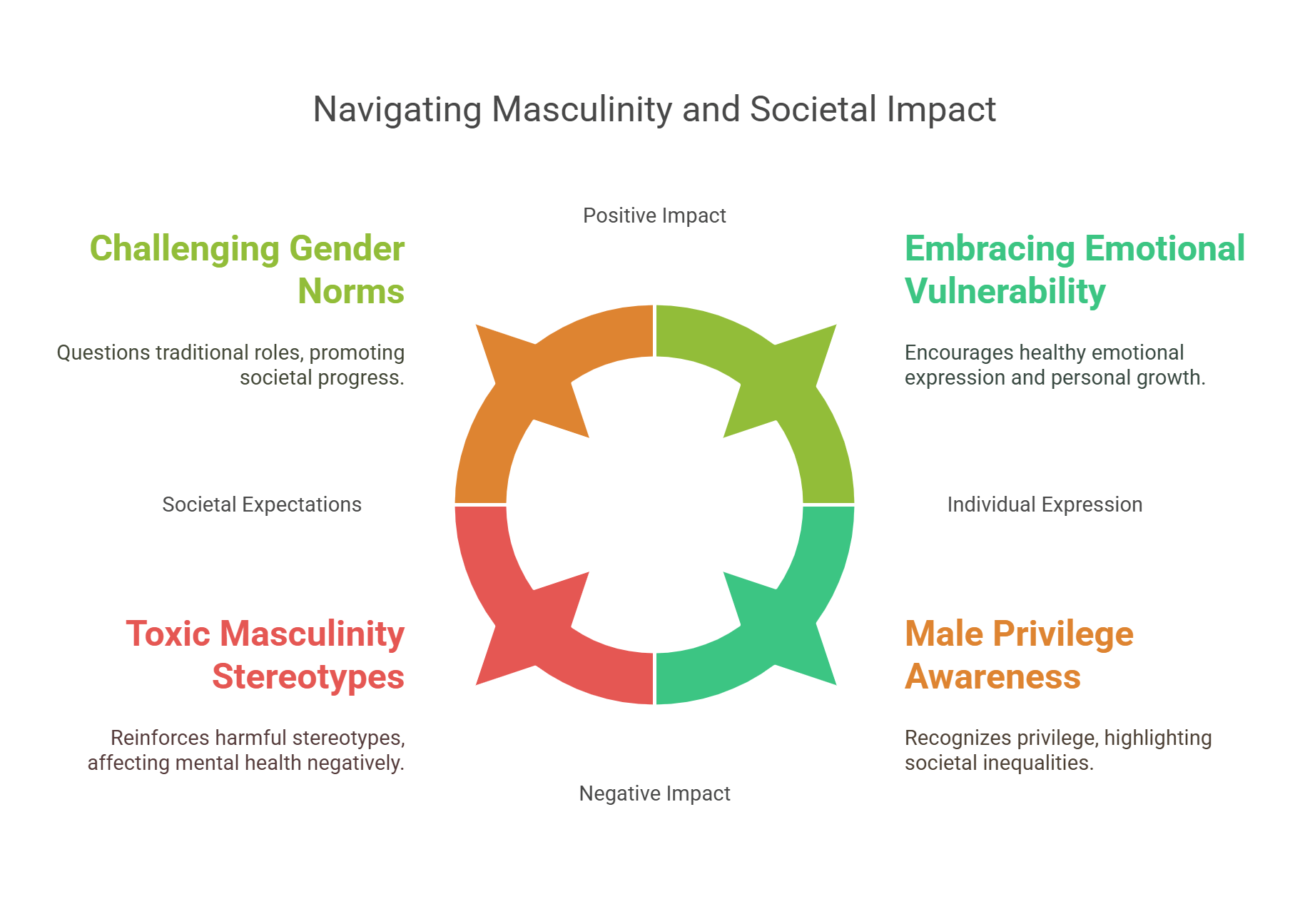
3. LGBTQ+ Studies
LGBTQ+ Studies focuses on the experiences, challenges, and contributions of lesbian, gay, bisexual, transgender, and queer individuals. It promotes understanding and acceptance of diverse sexual orientations and gender identities.
- Studies diverse sexual orientations and gender identities.
- Highlights struggles against discrimination.
- Advocates for representation and rights.
- Explores societal and cultural impact.
- Relevant to passages on diversity and inclusion.
Explained Simply: Think about how everyone has their favorite color, and some people like blue, some like pink, and some like both! LGBTQ+ Studies is about understanding and respecting people’s different “favorite colors” for who they love or how they feel inside.
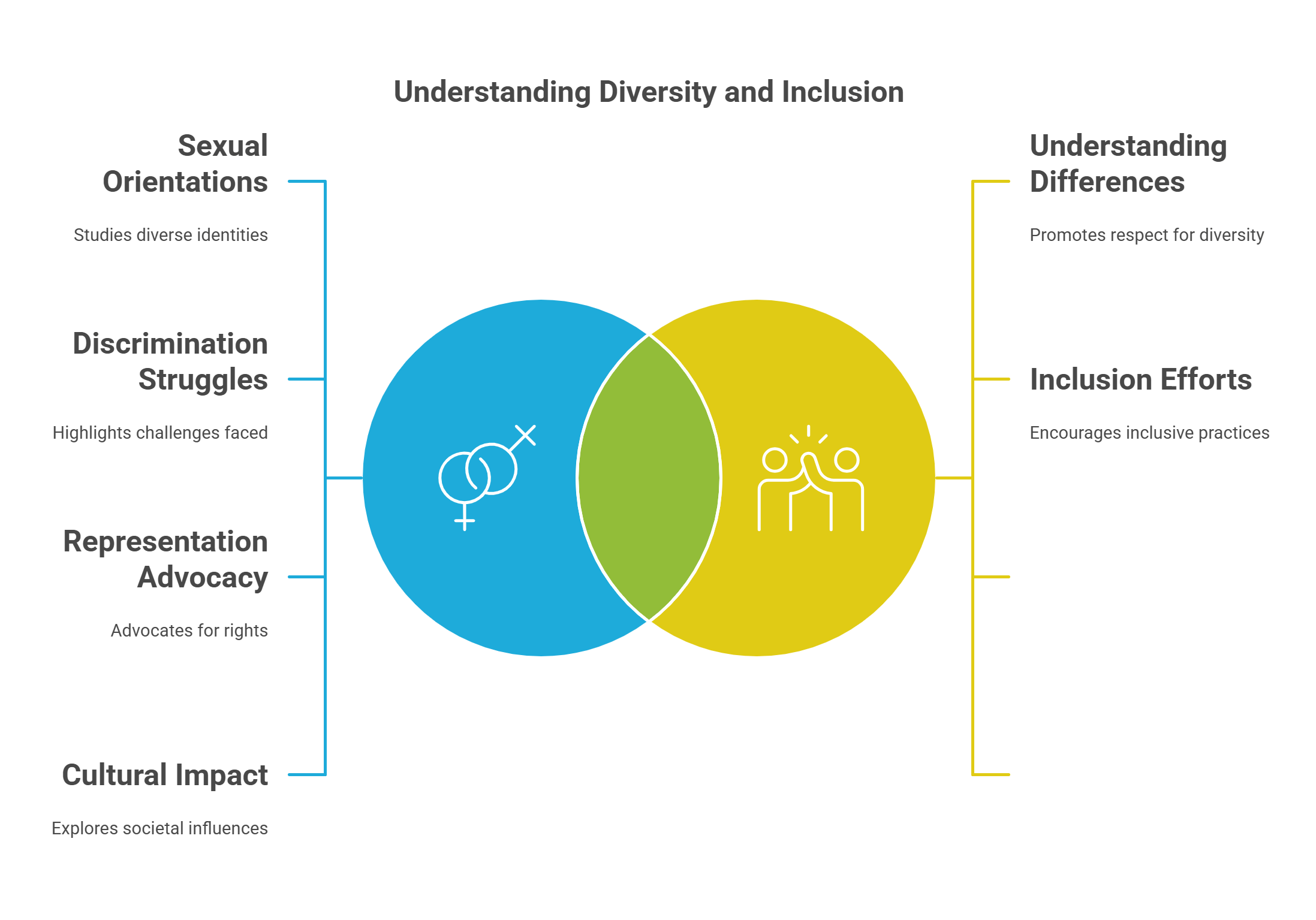
4. Gender and Media
This subtopic explores how media shapes and reinforces gender roles. It examines portrayals of men and women in advertisements, films, and news, as well as their impact on societal perceptions. The discussion often critiques stereotypes, objectification, and lack of representation.
- Analyzes gender representation in media.
- Highlights stereotypes and objectification.
- Focuses on underrepresentation of marginalized genders.
- Discusses media as a tool for change.
- Relevant to passages on cultural analysis and communication.
Explained Simply: Imagine every superhero movie only showed boys as heroes. Wouldn’t that make it seem like only boys can save the day? Gender and Media studies help us see why stories about all kinds of people are important.
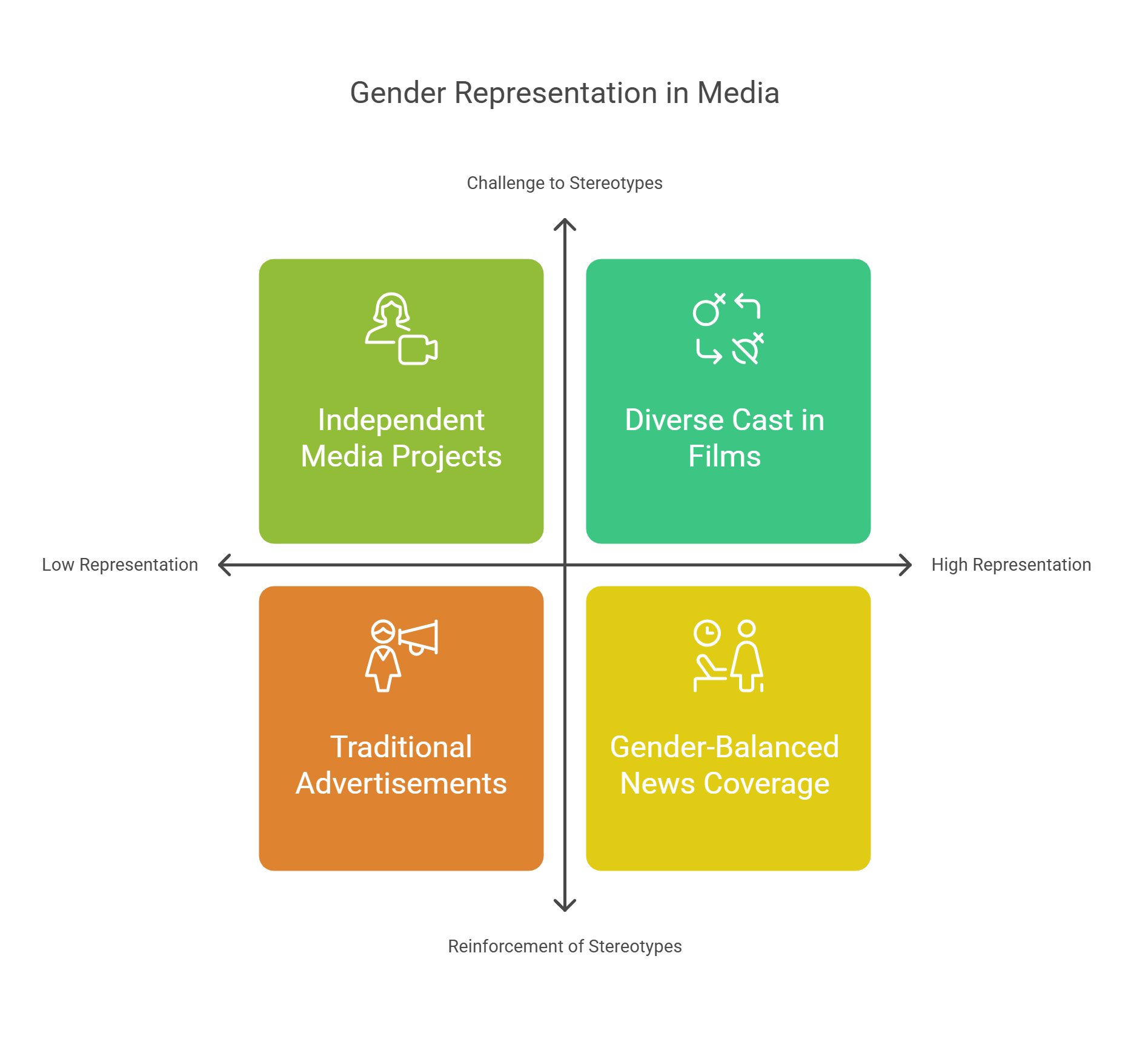
5. Gender and Work
This concept looks at how gender influences workplace roles, opportunities, and challenges. It explores issues such as the gender pay gap, glass ceilings, and workplace discrimination.
- Explores workplace inequalities.
- Highlights the gender pay gap and leadership disparities.
- Analyzes policies like maternity/paternity leave.
- Examines how gender roles affect career choices.
- Relevant to passages on economics and policy.
Explained Simply: Imagine a race where girls and boys run, but the girls have to start ten steps behind. Gender and Work studies say, “Let’s start everyone at the same line so it’s fair!”
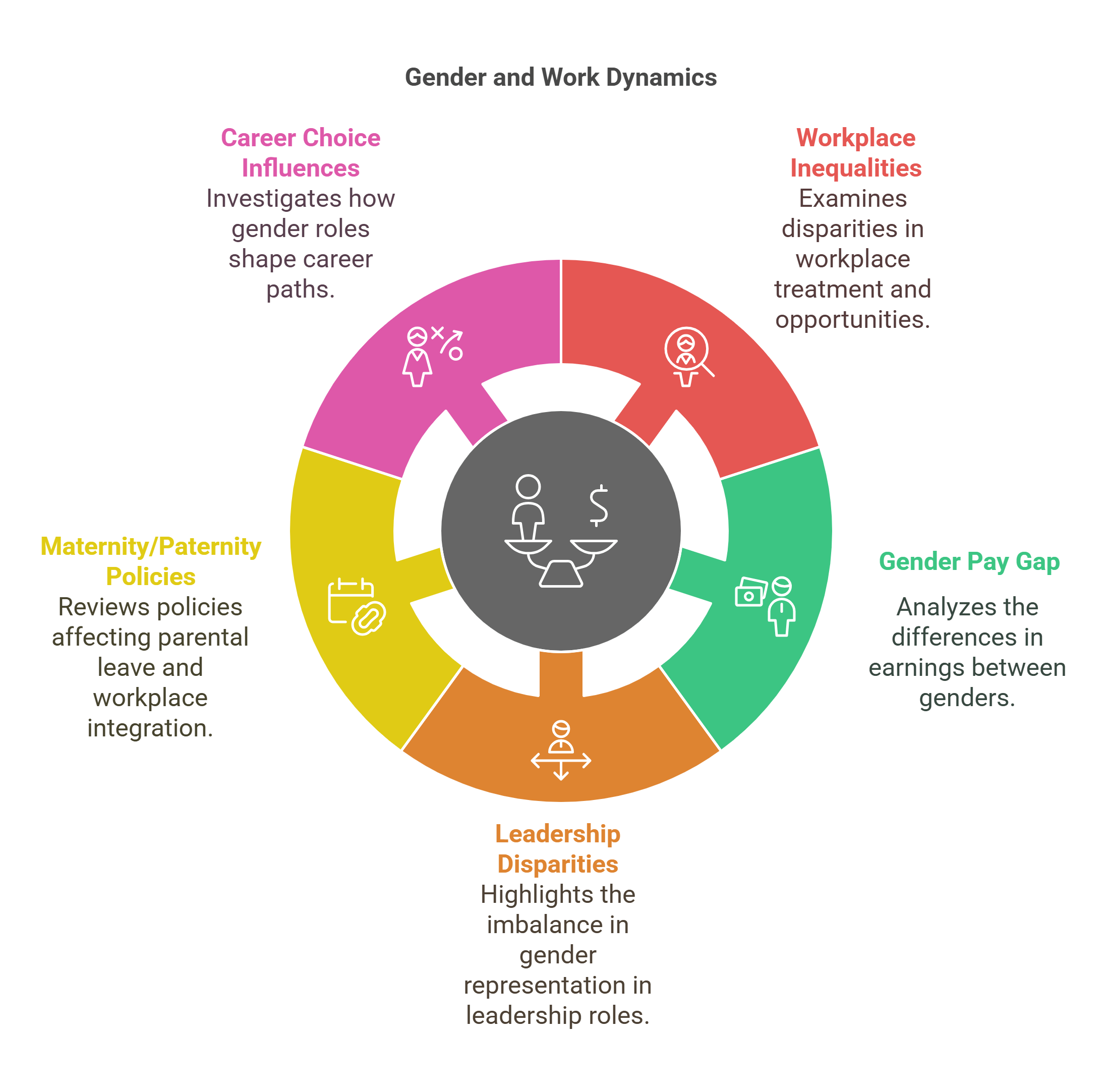
6. Gender Identity
Gender identity refers to how individuals perceive themselves and express their gender, which may or may not align with societal expectations or their assigned sex at birth.
- Refers to personal experience of gender.
- Includes terms like cisgender, transgender, and non-binary.
- Challenges rigid gender binaries.
- Explores societal recognition and inclusion.
- Relevant to passages on identity and social change.
Explained Simply: It’s like how you decide your favorite superhero. Nobody else can pick for you—you get to choose who feels right for you. Gender identity is about how people feel about themselves inside.
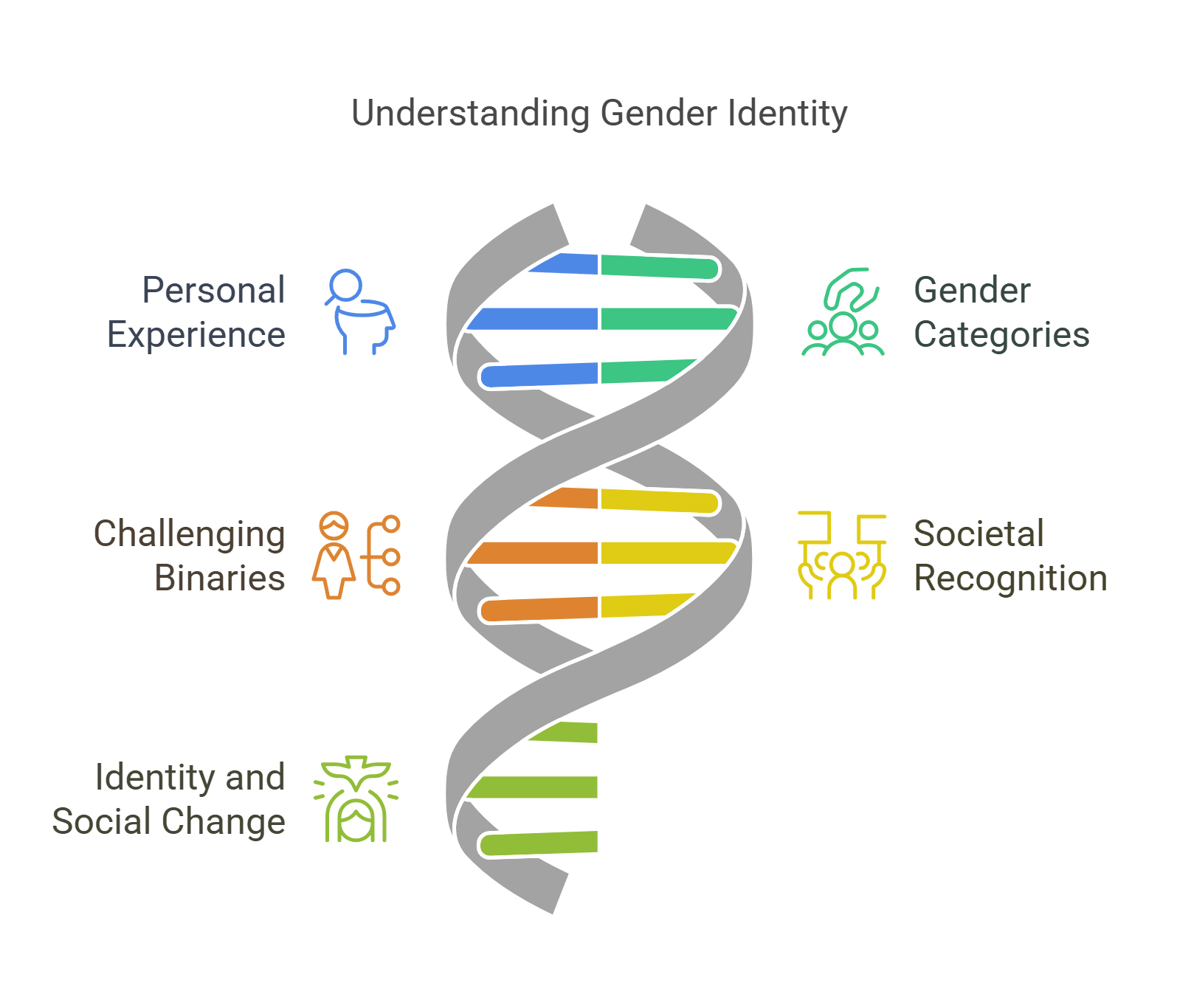
7. Gender Equality
Gender equality is the idea that everyone, regardless of gender, should have the same rights, opportunities, and responsibilities. It addresses inequalities in education, health, politics, and more.
- Advocates equal opportunities and rights for all genders.
- Analyzes gaps in education, health, and leadership.
- Focuses on laws, policies, and social movements.
- Challenges traditional gender norms.
- Relevant to passages on human rights and justice.
Explained Simply: Imagine a game where only boys get to play with the ball. Gender equality says, “Hey, let’s share the ball so everyone can play!”
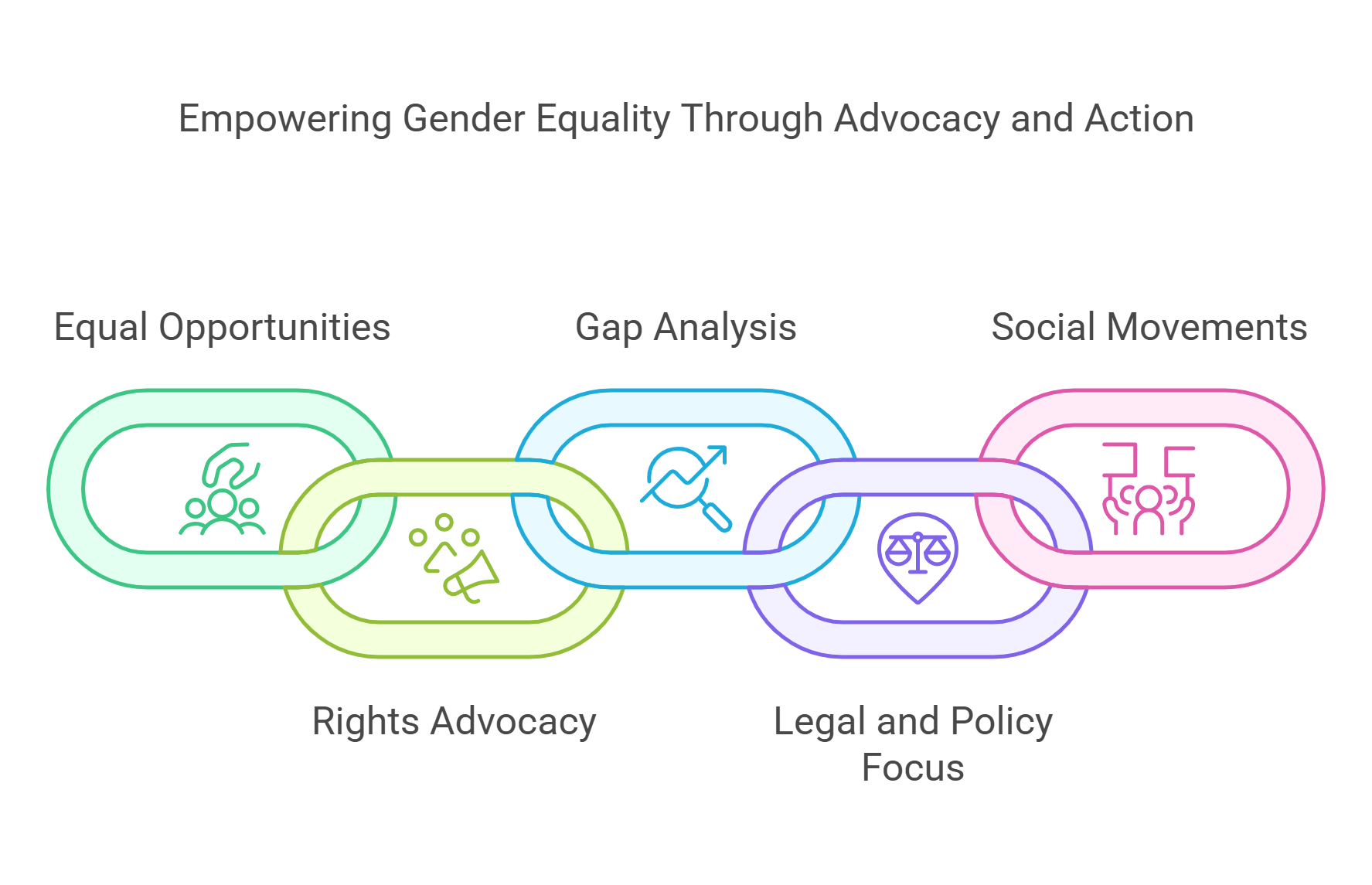
8. Queer Theory
Queer Theory challenges fixed definitions of gender and sexuality. It critiques societal norms and explores how identities are fluid and constructed.
- Challenges fixed gender and sexuality norms.
- Explores fluidity in identities.
- Critiques traditional labels and binaries.
- Advocates for broader acceptance.
- Relevant to passages on cultural critique and reform.
Explained Simply: It’s like saying, “You don’t have to color inside the lines in a coloring book. You can draw anywhere and use any color—it’s your picture!”
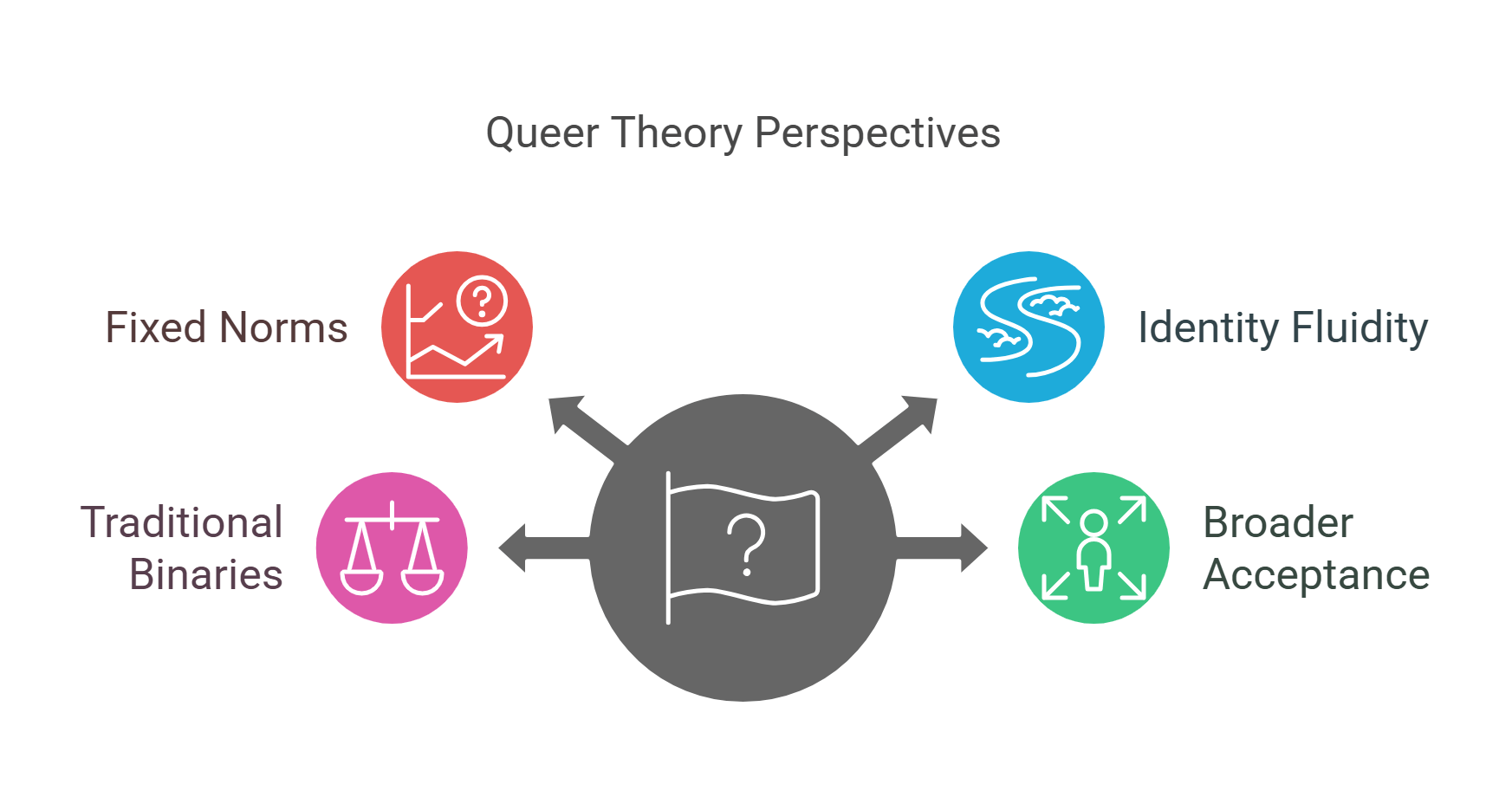
9. Gender Politics
This concept examines how gender shapes political power and decision-making. It discusses women’s representation in leadership, gendered policies, and advocacy movements.
- Analyzes gender representation in politics.
- Focuses on advocacy for equitable policies.
- Discusses barriers to women’s leadership.
- Examines the role of social movements.
- Relevant to passages on governance and reform.
Explained Simply: Imagine a classroom election where only boys can be class president. Gender Politics says, “That’s not fair—let’s give everyone a chance to lead!”
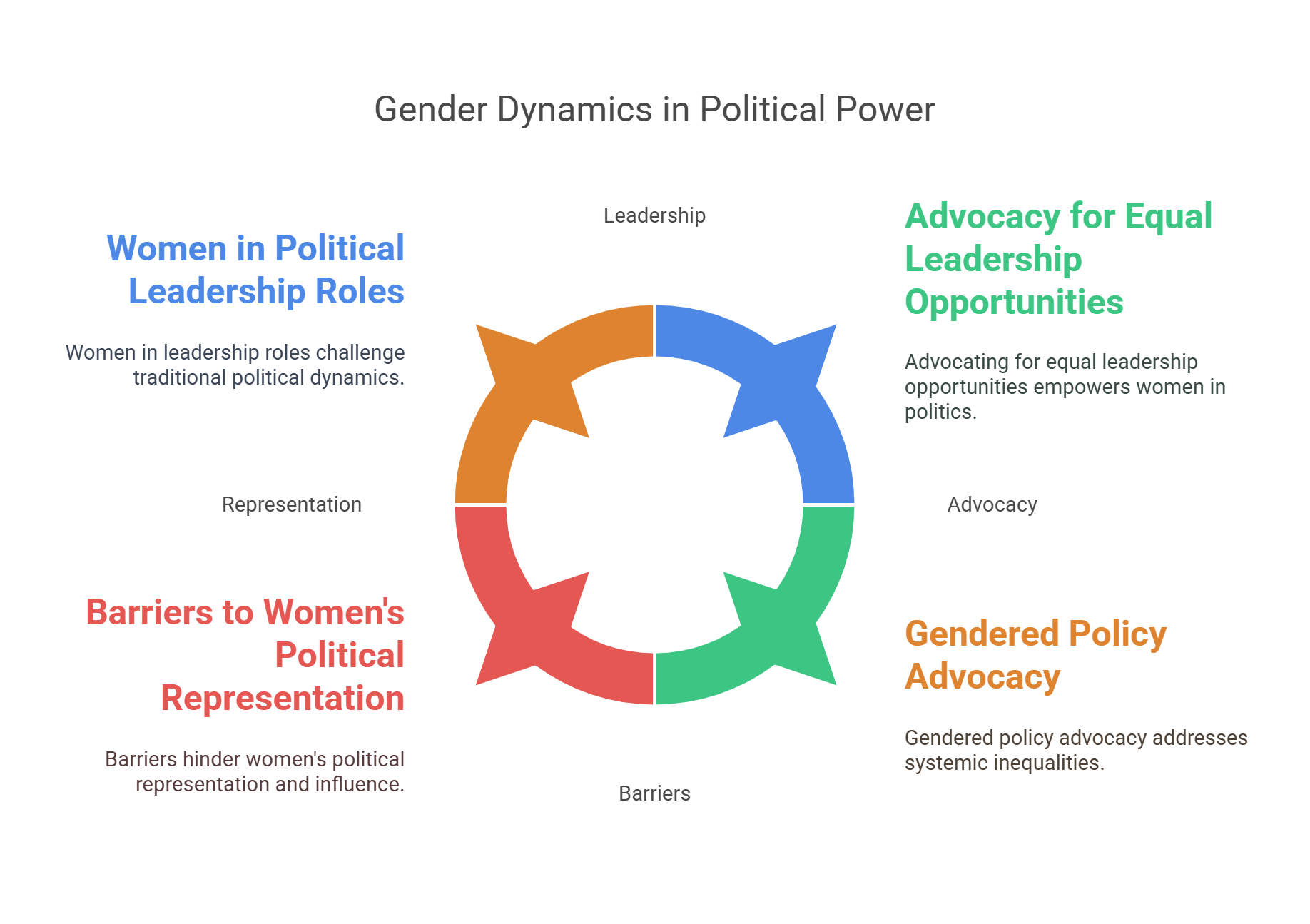
10. Intersectionality
Intersectionality explores how different aspects of a person’s identity, such as gender, race, and class, interact and contribute to unique experiences of privilege or discrimination.
- Examines overlapping social identities.
- Highlights experiences of marginalized groups.
- Critiques one-size-fits-all solutions.
- Advocates for inclusive policies.
- Relevant to passages on social justice and diversity.
Explained Simply: It’s like having two backpacks—one for homework and one for sports. Some kids have more to carry than others, and Intersectionality helps us understand and help those who have heavier loads.
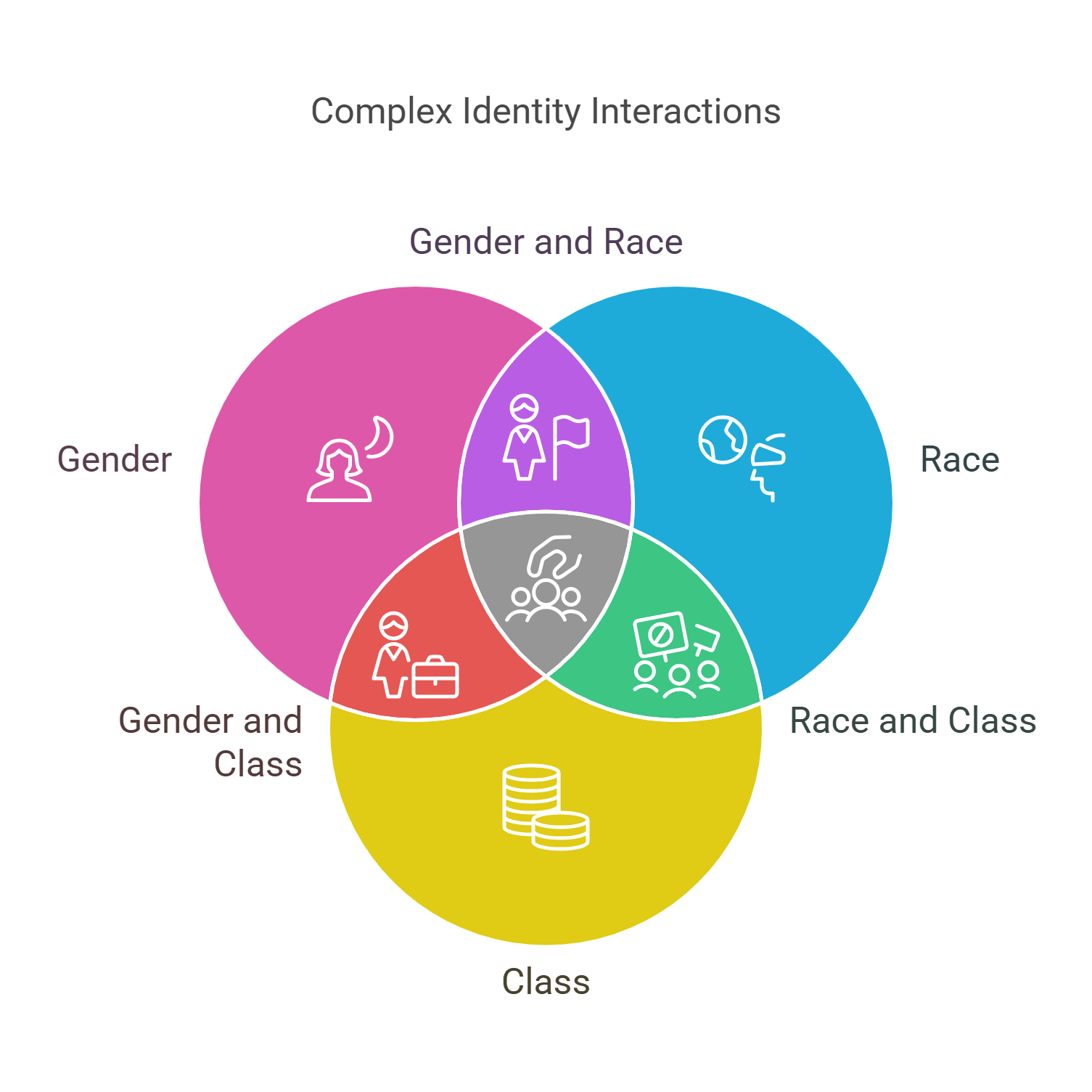
✨ Conclusion
Gender Studies offers a rich framework for analyzing reading comprehension passages, helping readers engage with critical ideas about identity, equity, and societal change. By understanding concepts like intersectionality, queer theory, and gender equality, test-takers can better interpret passages, spot nuanced arguments, and answer questions with confidence. Mastery of these ideas not only enhances RC skills but also broadens perspectives on the world.











